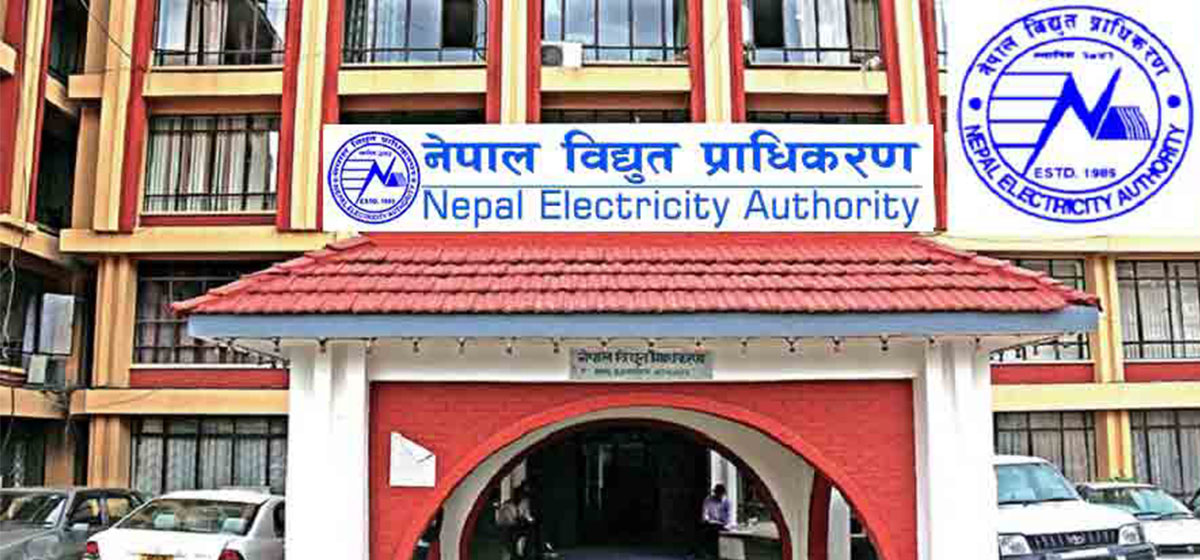KATHMANDU, May 1: The Federation of Nepalese Chambers of Commerce and Industry (FNCCI) has stated that industrialists in Nepal are in huge trouble due to 12 to 16 hours of load shedding in the industrial sector. The federation issued a press release on Saturday, requesting Nepal Electricity Authority (NEA) to solve the problem of power outage immediately.
“Along with the country's major industrial corridors, hundreds of industrial units have been hit by the 12 to 16 hours of load-shedding for the past few days without any notice,” the FNCCI said in a statement. “The private sector is worried that this could lead to huge economic losses for industries, adversely affecting productivity and leading to a serious crisis in the country's economy.”
Heed industrialists’ calls to resolve NEA arrears row

Similarly, the FNCCI has drawn the government’s attention to the situation caused due to prolonged power outages where tripping, low voltage and other problems prevent the industries from operating as per the regular schedule. They have also focused on problems such as machines being damaged due to frequent power outages, wastage of raw materials and wages of workers in case of non-operation of industries as well as financial hurdles and requested the government and NEA to solve these problems immediately.
The statement said that the federation would like to remind the electricity authority that it has repeatedly committed in the past to prevent power shortage and load-shedding in the industrial sector by purchasing the required electricity at any cost. “We are worried this kind of problem will create huge obstacles in the country's journey toward industrialization. While NEA makes requests to increase power consumption on the one hand, interrupting the power supply for hours without notice on the other hand has added to the worries.”
Likewise, the FNCCI has requested the government to take immediate steps to ensure regular supply of electricity to Nepal through diplomatic channels with India for an immediate solution to the existing problem.
































